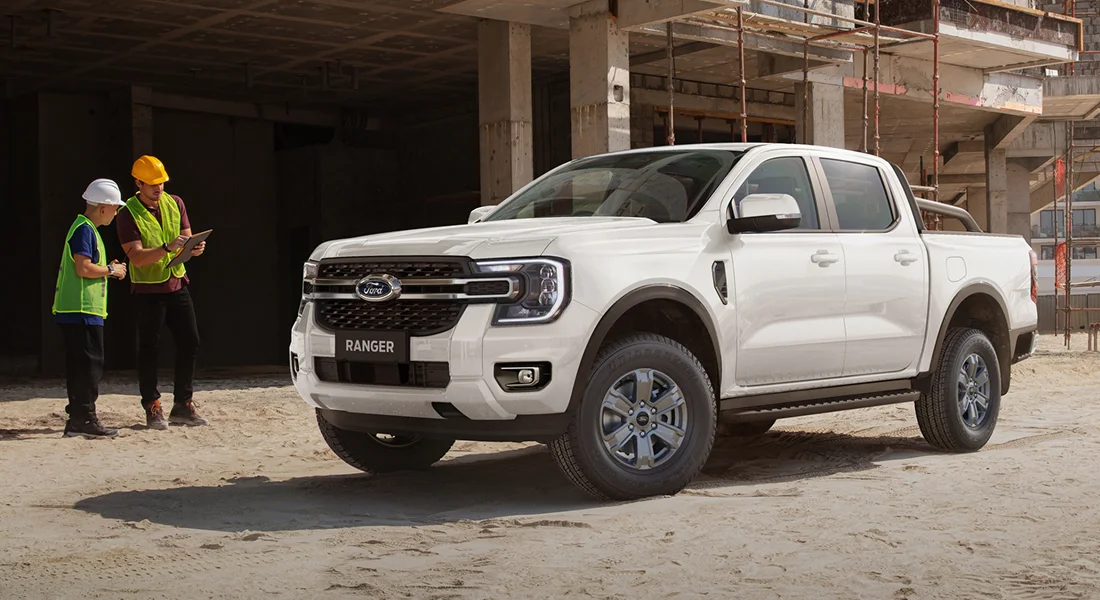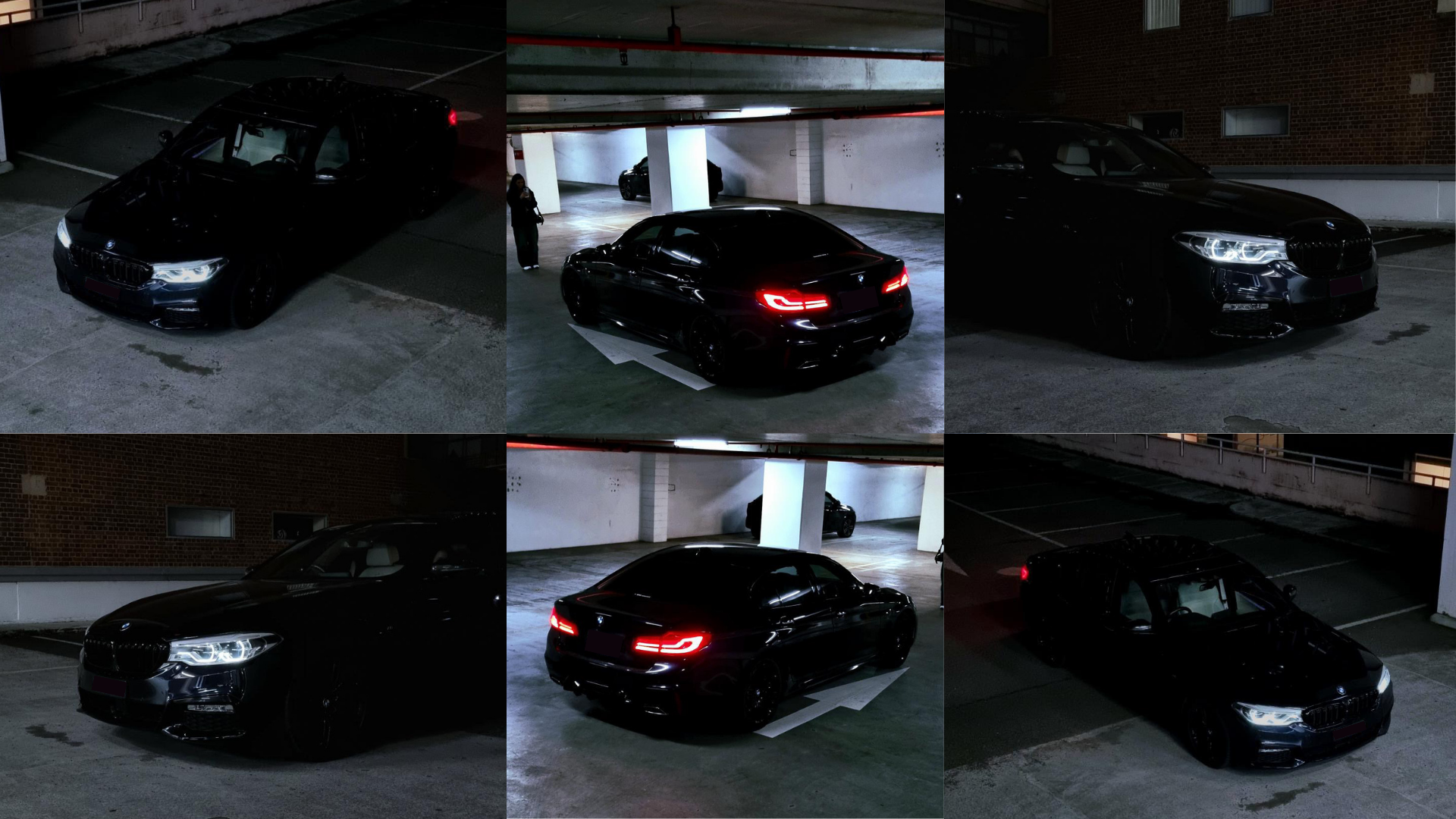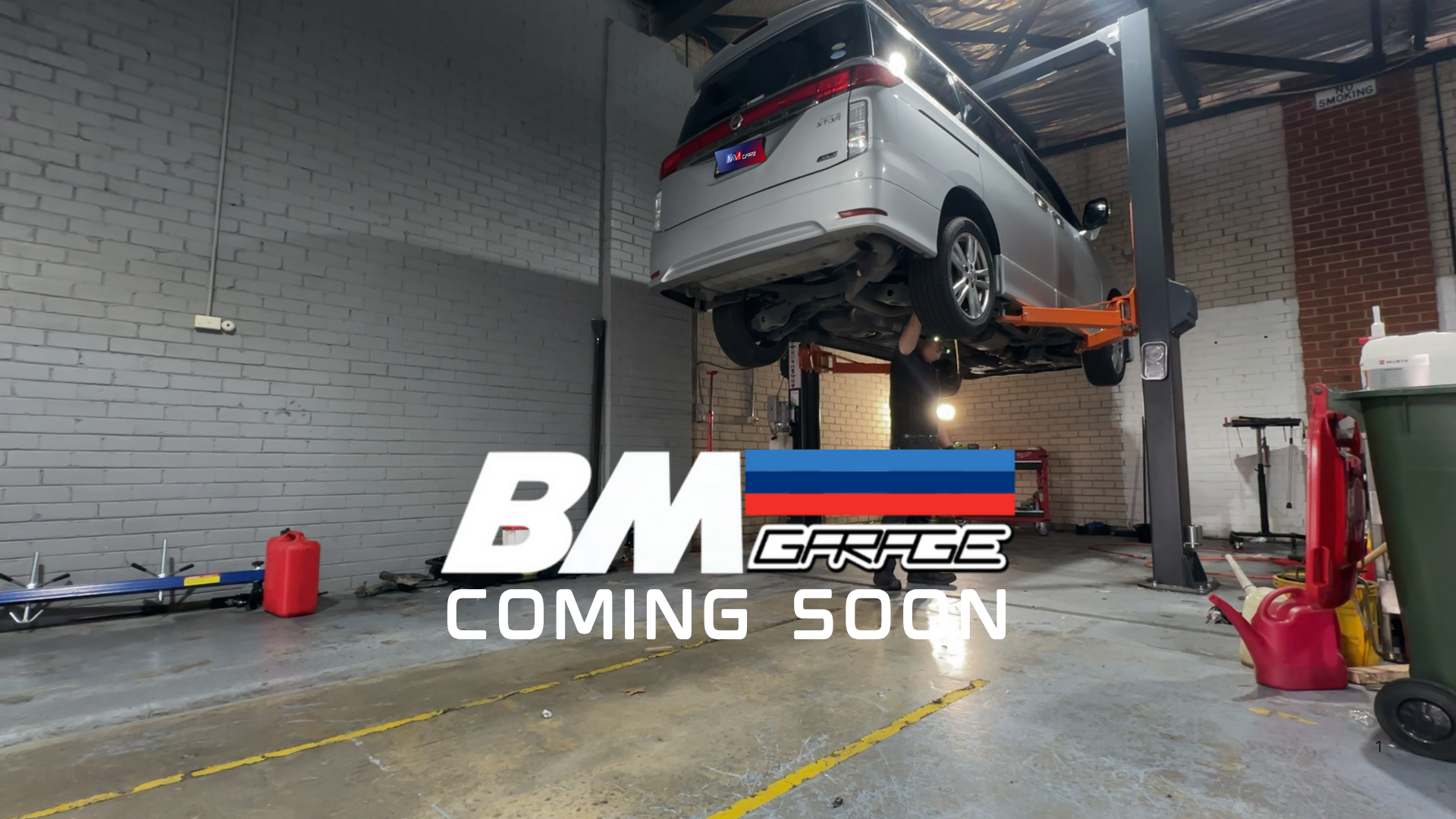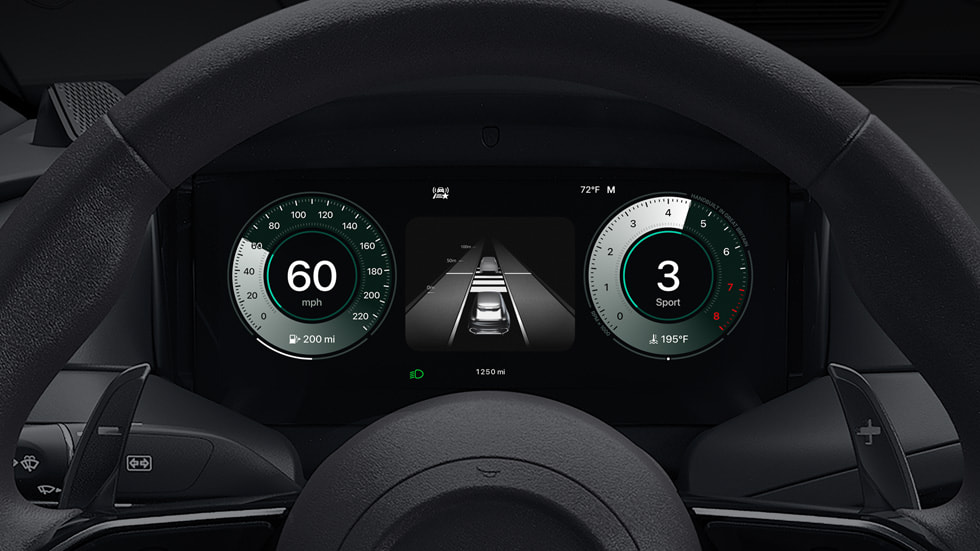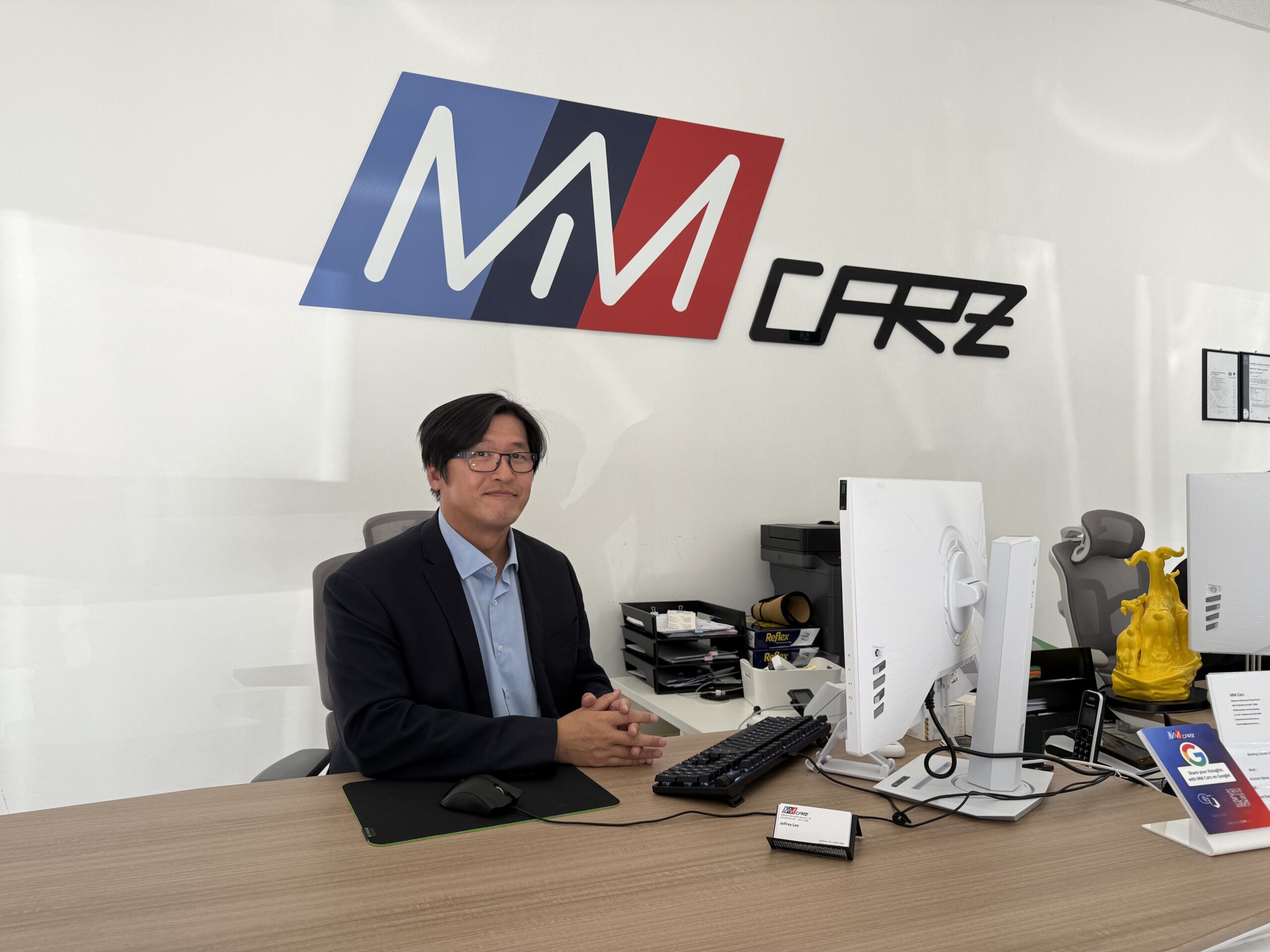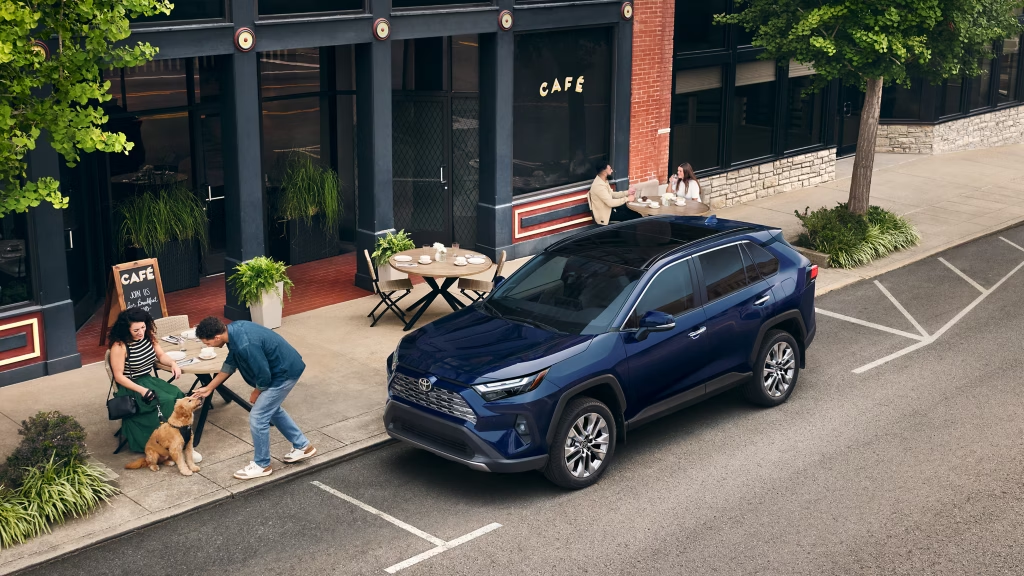
The Honda HR‑V ticks a lot of boxes for first-time car buyers. It combines the efficiency and nimble city driving of a small hatchback with the space and comfort of a compact SUV, all at an affordable price. Reviewers praise its practical versatility and comfortable ride, and it consistently earns high marks for safety and fuel economy. Compared to rivals like the Mazda CX‑3, Toyota C-HR and Hyundai Kona, the HR-V often comes out on top for value and usability. In this guide we’ll dive into what makes the HR-V such a smart pick for new drivers, citing expert reviews and data along the way.
Practical Versatility and Comfort
One of the HR‑V’s standout features is its surprisingly flexible cabin. Honda’s clever rear “Magic Seat” arrangement lets you fold the base up or the seatbacks flat, so you can adapt the interior for taller items or a flat load floor. This means bicycles, surfboards or a heap of camping gear can fit in the back when needed – something many style-focused rivals can’t match. RACV notes that the HR‑V has “a deserved reputation for its versatility” and highlights that even with the seats up, cargo space is a decent 304 L. Tall passengers also enjoy good head- and legroom in both rows, making daily commutes or road trips more comfortable.
Inside, the HR-V feels well-organised and user-friendly. Essential tech like a touch-screen with Apple CarPlay/Android Auto, cruise control and a reversing camera are standard on most models. Seats are supportive, and the dashboard layout is straightforward. J.D. Power notes the new HR-V’s ride quality is “soft, smooth and compliant” on city and highway roads, with stable handling on twisty backstreets – so it’s not just practical, it’s also pleasant to drive. In short, the HR‑V is “unashamedly practical and comfort-focused” as one reviewer summed up – exactly what many first-time buyers want in a family-friendly small SUV.
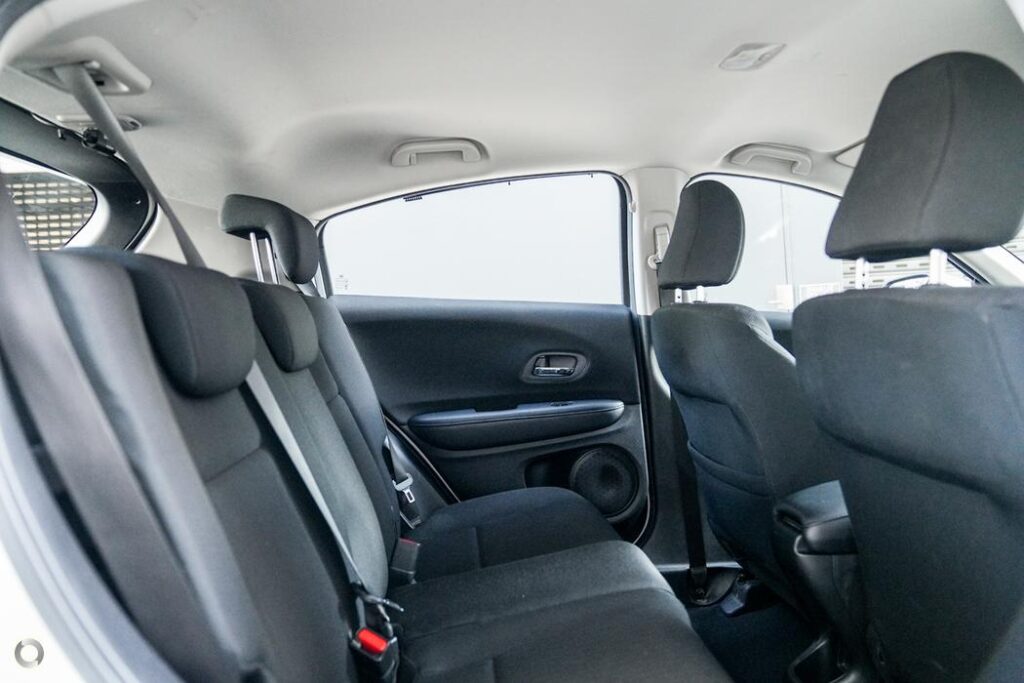
Affordability and Running Costs
Price is a big factor for new buyers, and the HR‑V delivers solid value. In Australia, for example, a new HR‑V starts from the mid $20,000s (around A$27,000 for the base model) and rises to the high $30,000s for fully-equipped grades. A CarsGuide report noted a recent price drop: the popular petrol manual model (HR-V Vi X) is now about $34,900 drive-away in Australia, making it very competitive among small SUVs. This price range sits comfortably below some rivals – by comparison the Toyota C-HR hybrid begins around $39,490 – yet the HR-V includes many features even on basic trims.
Fuel economy is another cost where the HR‑V shines. Honda claims roughly 5.8–6.8 L/100km for the standard 1.5L CVT models, and independent tests put it around 6.6 L/100km on a combined cycle. That’s very frugal for a small SUV and means fewer stops at the bowser. All HR‑Vs use regular 91 RON petrol, so running costs stay low. Insurance and servicing costs for Hondas are also generally modest. Overall, you get a roomy and feature-packed car without paying luxury prices. As Canstar Blue notes, the HR-V “combines the efficiency and style of a small car, with the space and comfort of an SUV,” and it backs this up with an efficient engine (6.6–6.9 L/100km)
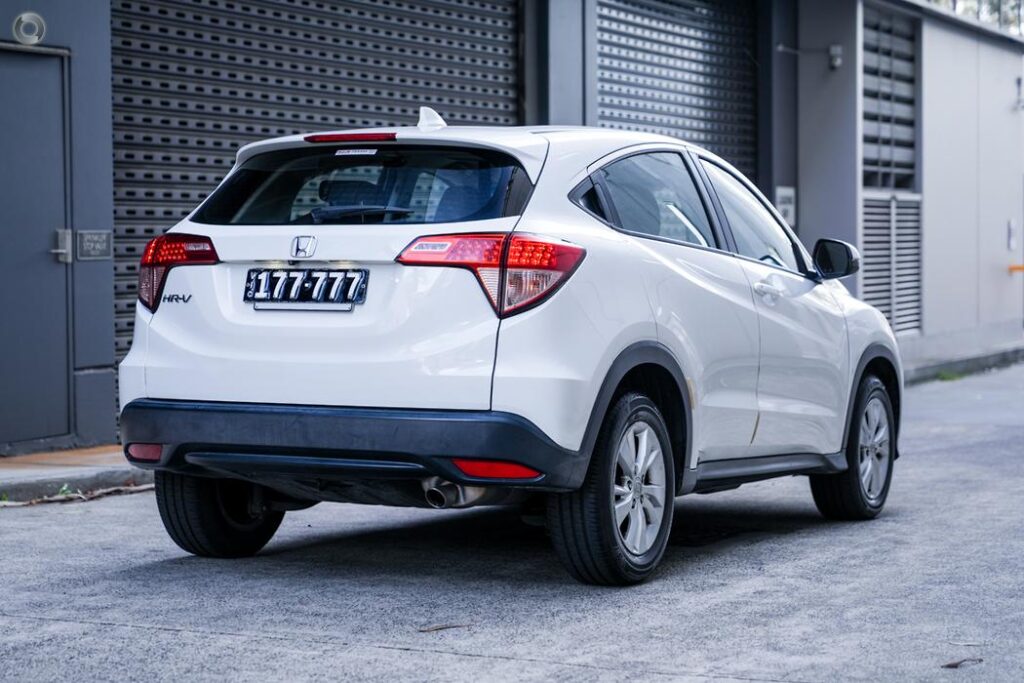
Safety and Peace of Mind
Safety is paramount for any driver, especially a first-timer. The HR‑V carries a 5-star ANCAP safety rating, reflecting its strong crash protection and safety tech. Honda fits all HR-Vs with a solid airbag package (side, curtain and front airbags) and active safety features like autonomous emergency braking and lane-keep assist. In fact, Honda markets the HR‑V with standard Honda Sensing driver-assist tech, which includes features such as forward collision warning, lane departure warning and adaptive cruise control on higher grades. These systems help prevent or mitigate accidents, giving new drivers added confidence. In crash testing, the HR-V scored very well across adult and child protection categories. For example, RACV highlights that newer HR-Vs offer up to 9 airbags (including a centre airbag) and advanced braking aids as standard – a big plus for safety-conscious buyers.
When comparing competitors, the safety story remains strong. The Mazda CX‑3 also has a 5-star ANCAP rating and is often praised for safety features, but its smaller size means it offers less cabin space. The Toyota C-HR (also 5-star rated) focuses more on style, but it’s only sold as a pricier hybrid in Australia. The Hyundai Kona has multiple safety packs available and scores 5 stars too, but its sprawling design can be polarising. In summary, the HR-V matches or beats its rivals on safety equipment while undercutting them on price and practicality.
How the HR-V Stacks Up Against Similar SUVs
It’s worth seeing how the HR-V compares head-to-head with other popular first-car SUVs:
- Mazda CX‑3: The CX-3 is loved for its sharp styling and sporty cabin, but it’s the smallest of the bunch. Its boot is only about 264 L with seats up, whereas the HR-V’s larger cargo hold (304 L) and magic seats make hauling big loads easier. The CX-3 does edge out the HR-V slightly in fuel economy on paper (around 6.3 L/100km vs HR-V’s 6.6), but real-world figures tend to be close. Importantly, CarsGuide notes that Mazda took an “attractive, safety-conscious” approach, while Honda opted for “practical and comfort-focused”. In practice, that means the HR-V feels more spacious and user-friendly, especially in the back seat. For a new driver who needs cargo room for weekend trips or bike racks, the HR‑V’s extra space is a decisive advantage.
- Toyota C-HR: Toyota’s C-HR prioritises bold looks and comes only as a hybrid (with fuel economy ~4.5–4.8 L/100km). It has a sophisticated suspension and high-tech cabin, but its distinctive shape compromises practicality. The rear seats are a bit cramped and the boot smaller than the HR-V’s. Also, the C-HR starts around $39k for the base model – notably higher than the HR-V’s entry price. In other words, C-HR buyers pay a premium for style and hybrid economy. HR-V buyers, however, get more everyday usefulness and a lower purchase price. As one comparison notes, the HR-V “straddles the fence between basic and lux” in its higher trims, but its “practical cabin is still top-notch.” In short, if long-term costs and cargo space matter more to you than sporty looks, the HR‑V wins.
- Hyundai Kona: The Kona is perhaps the flashiest of the group. It offers powerful engines (there’s even a hot N variant) and distinctive styling. A base Kona starts from about $28,700 in Australia, similar to the HR-V’s entry price. The Kona can feel a bit stiffer and sportier over bumps, but reviewers often point out that the HR-V rides more softly for everyday driving. Fuel economy for the Kona (especially the turbo models) is roughly in the same ballpark as the HR-V (7+ L/100km for stronger engines). Cargo space is similar (Kona has ~361 L vs 304 L for HR-V), but only the HR-V adds versatile seat folding. In essence, the Kona trades some comfort for style and punch, while the HR-V offers a more relaxed, roomy experience. CarsGuide remarks that the Kona is “all about aggression and edgy design,” whereas the Honda aims for comfort and ease.
Overall, the HR-V may not have the flashiest image, but it delivers more of what first-time owners actually use: easy driving, flexible space, and low running costs. It’s why HR-V owners often report high satisfaction. It’s been one of the segment’s best-sellers for years, and both J.D. Power and consumer surveys rank it highly for owner happiness and reliability. First-time buyers especially will appreciate that Honda’s reputation for durability helps the car hold its value too.
In summary, the Honda HR‑V stands out as a well-rounded compact SUV. Its clever interior design (including the Magic Seat), comfortable ride, strong safety credentials and frugal fuel use make it an ideal pick for someone’s very first car. It delivers a premium feel in many areas, yet keeps costs in check. As CarAdvice notes, the HR‑V offers “everything we expect from this manufacturer,” including an intuitive touchscreen and ample safety tech.
If you’re in the market for a first car and these qualities resonate, it’s worth taking an HR‑V for a test drive. With its proven track record and extensive safety features, the Honda HR‑V remains a brilliant, confident choice for new drivers everywhere.




